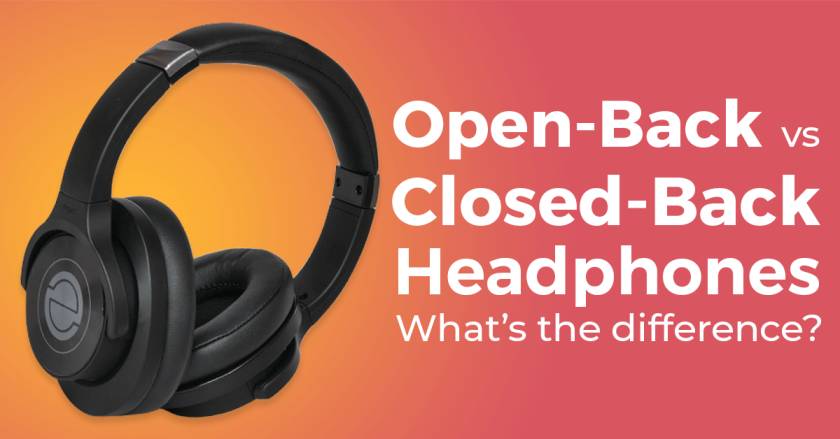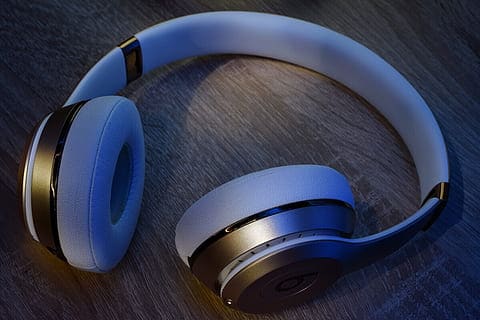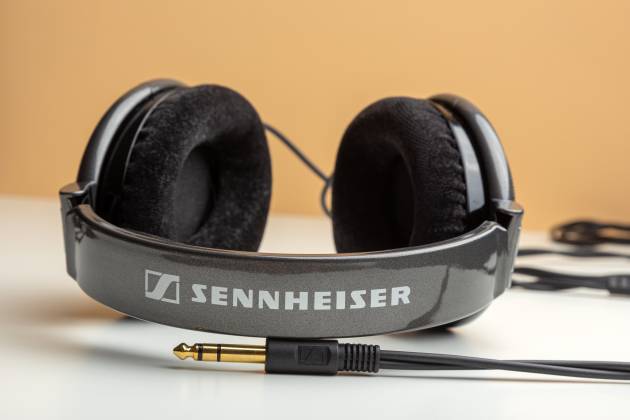
Headphones generally fall into two categories: closed-back and open-back. Before investing in a pair of headphones it’s important to know what each type has to offer.
Connect with the Expert via email, text or phone. Include photos, documents, and more. Get step-by-step instructions from verified Tech Support Specialists.
Closed-back headphones feature a solid outer shell without any perforations, with the shell effectively cupping the whole ear. Open-back headphones on the other hand feature a perforated outer shell, usually with horizontal cutouts.
You can think of closed-back headphones as featuring a mixing-bowl-shell (designed with a solid edge to edge construction without any openings) and open-back models as featuring colander-looking-shell, designed with several openings.
Although the terminology clearly distinguishes the design of each type of headphone, it does not say anything about the difference in the listening experience. In this article, we will explore the advantages and disadvantages of each type, so you can have a better clue on which design is most suitable for you.
Connect with the Expert via email, text or phone. Include photos, documents, and more. Get step-by-step instructions from verified Tech Support Specialists.
Closed-back headphones
Closed-back models often feature active noise canceling technology and are excellent at noise isolation. The physical design of a closed-back headphone means that it has many benefits that its counterpart does not share. On average, closed-back headphones can provide noise reduction of up to 10 dB. Once you plug in closed-back headphones into your device and increase the volume, the light noise isolation coupled with the music’s presence masterfully dampens outside sounds, focusing on the sound of your music.
This is the main advantage of closed-back models: They are excellent at isolating outside noise and bringing the uninterrupted sound of your music to your ears. If for instance, you were sitting outside during summer listening to some of your favorite songs using a closed-back headphone, all the ambient noise around you like the sound of traffic, wind rustling tree leaves, birds chirping, and other sounds in your environment would be eliminated or dampened.
Sound enthusiasts describe this phenomenon as the music or sound being “in your head”. In other words, it is as if you are imagining the sound and hearing it as your thoughts. This kind of in-your-head sound is intimate and allows you to focus on the music’s technical aspects. For this reason, audio engineers prefer working with closed-back-headphones.
Closed-back headphones are also an excellent option if you will be using your headphones in places where you don’t want to disturb others with the sound of your music such as, when walking on the subway, studying in the library, or generally any other place where other people might not share your enthusiasm for loud music. They are also a great option for video conferencing, gaming, and other instances when you will be using your microphone since they stop sound from leaking and creating feedback when the microphone picks it up.
Open-back headphones
While Closed-back models make their case for noise isolation, open-back models make their case by doing the opposite. Open back models are designed with grills or perforations that allow sound and air to freely go in and out of your headphone cups.
The main advantage of this is that it opens you up to an entirely different listening experience. Rather than an in-your-head experience, open-back headphones provide an in-the-world-around-you experience. Going back to the summer example, when you are using closed-back headphones the sounds in your environment are completely removed or dampened; it is as if you are in a sound-proof studio.
Open-back headphones are the opposite. With this model, it will be as if you took off your headphones and listened to the music together with the sound of the wind rustling, birds chirping, cars moving, and other sounds in your surroundings.
Now, if you have used closed-back headphones for the better part of your life, you might cringe at the very notion of sound leaking into your headphone. The advantage of open-back headphones is the feeling of increased space. Rather than feeling as if you are confined in a studio, you feel as if the musicians are singing right beside you out in the open.
This sense of openness and feeling of the music being around you rather than in your head makes open-back headphones a great option for maximizing your experience when listening to music at home.
Pay close attention to the term used in the last sentence “at home” since this model is not ideal for use in private places like the library, at work, or outside your home due to its leaky nature. Someone can hear the sound coming from an open-back headphone when they are not wearing it, particularly in a quiet environment.
While open-back models provide quite an awesome listening experience, it is too open for commuting, the library, or any other place where you wouldn’t blast your tunes using a portable Bluetooth speaker, or your cell phone’s speaker.

Help with setup and starting issues, blinking error lights & all your repair needs in just minutes
Ask a Repairman Live NowWhich one is best for you?
Now that we’ve explored the difference between these two models, we explore an even more important question: Which one is best for you? While listening experience should be your main concern when buying a headphone, this particular closed-vs-open debate brings about another variable into the equation, that is, where you will be using your headphone.
For instance, although open-back headphones offer a fantastic listening experience, they are a terrible option if you will frequently be in mixed company (walking on the subway, working in an open-floor office). There is no argument for blasting sound from your headphone in public as if you are wearing some kind of speaker-studded headphone, no matter how great the sound might be.
After considering where you will primarily use your headphones, it’s really a matter of personal preference. Some people prefer the isolation and in-your-head experience offered by closed-back headphones and would prefer closing their eyes and getting lost in their music without much concern about what is going on around them.
Others prefer the magical effect offered by open-back headphones and like to feel as if their favorite bands are seated right beside them in the open playing their favorite tunes. In a nutshell, which headphone is most suitable for you boils down to two things: location of use and your personal preference.
Max Anthony
Mainly Max Anthony is an athletics tutor & lives in Texas but that's not it. He's is also a music producer, content creator, record producer, writer, and session musician. He has been producing music and engineering at a lower level for over 5 years. His passions include quality music gear and that's what he loves to write about on HifiBeast. ( Shoot him an email now )
Help with setup and starting issues, blinking error lights & all your repair needs in just minutes
Ask a Repairman Live Now



